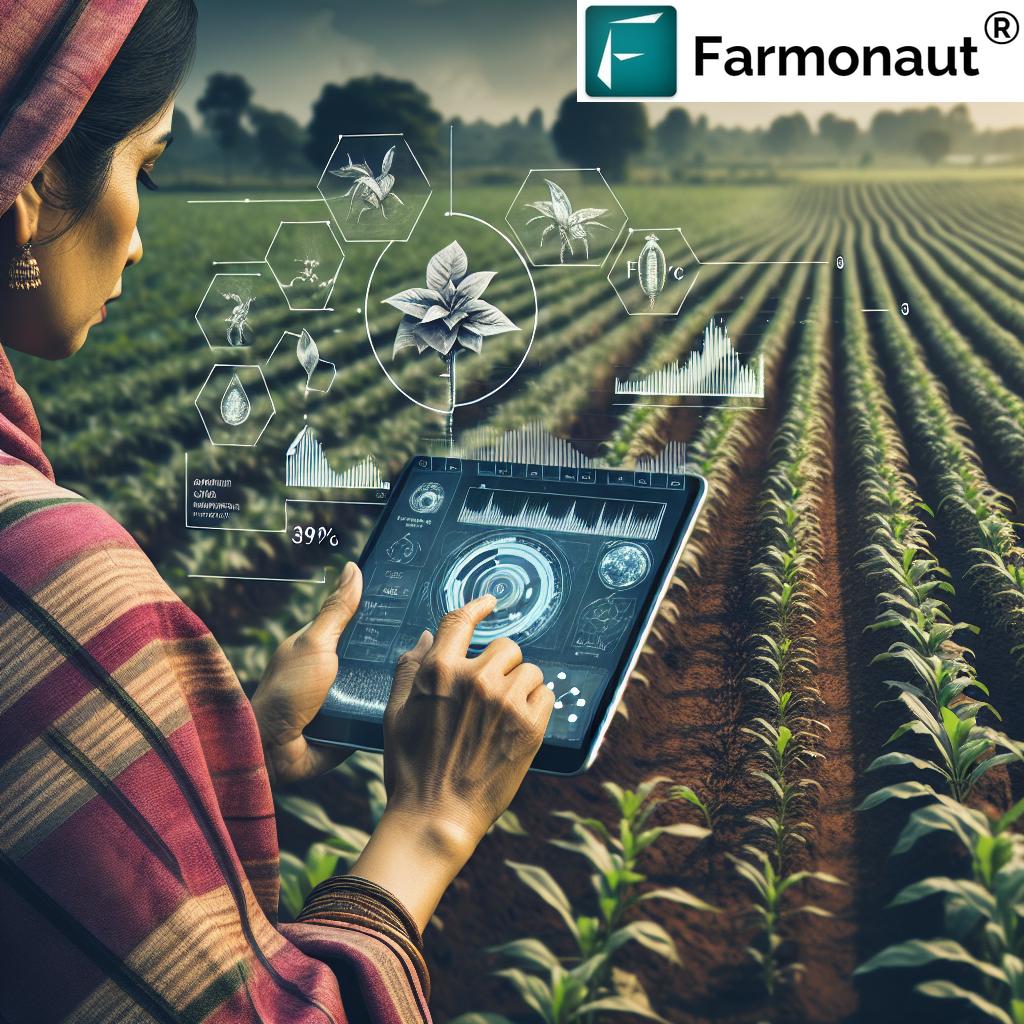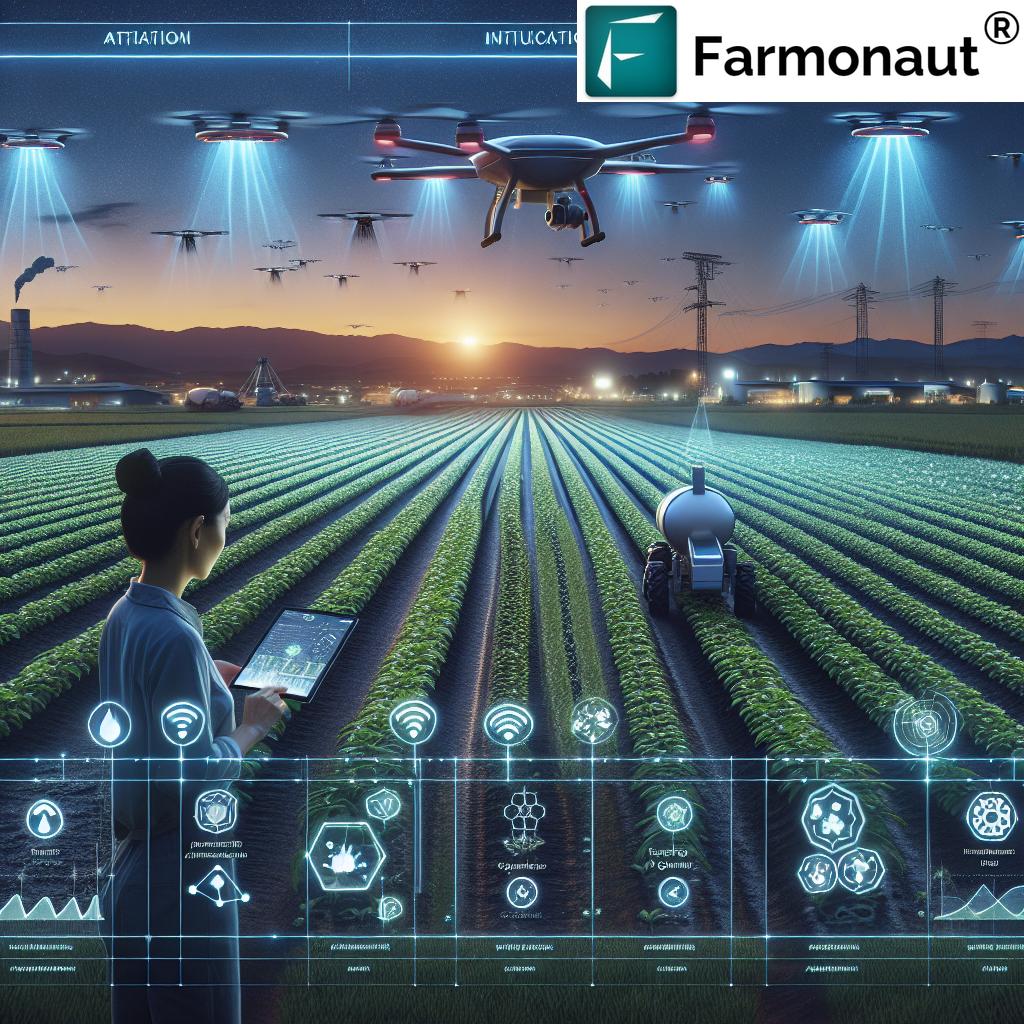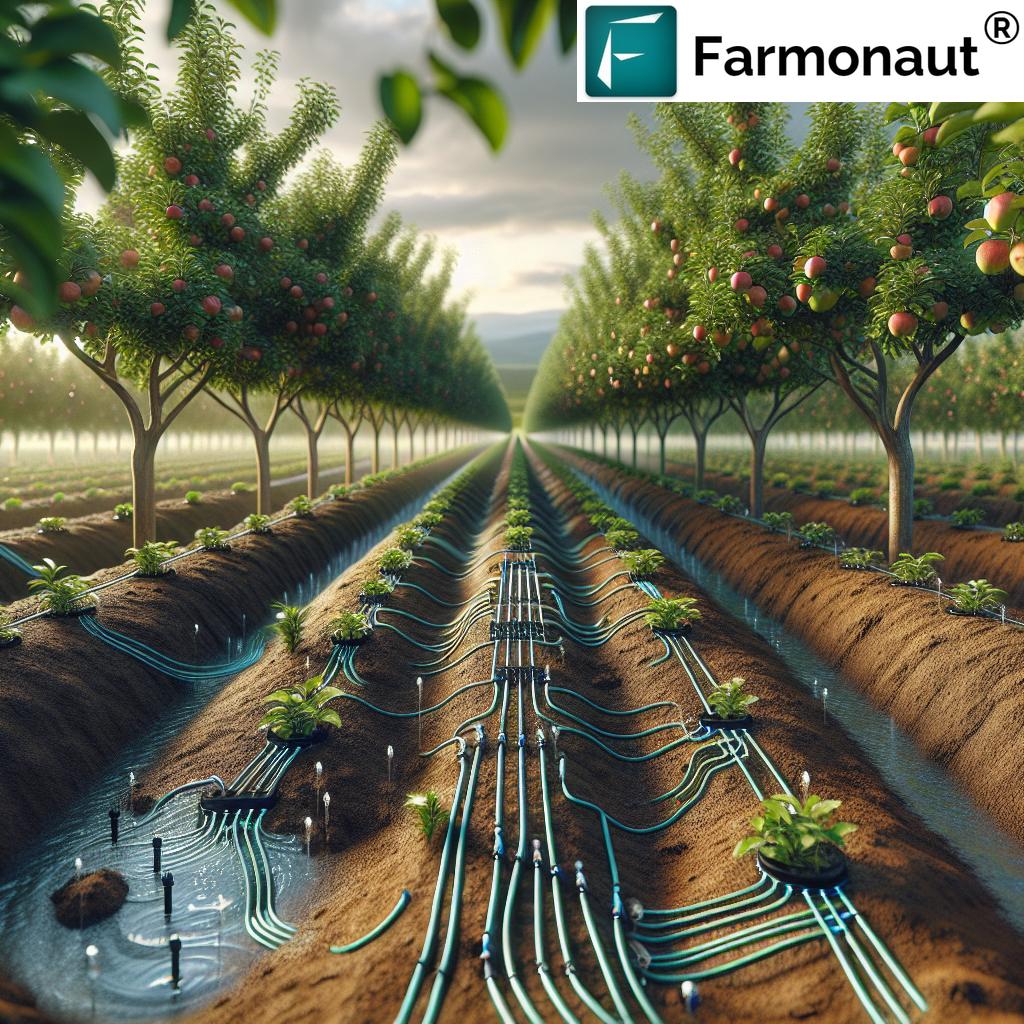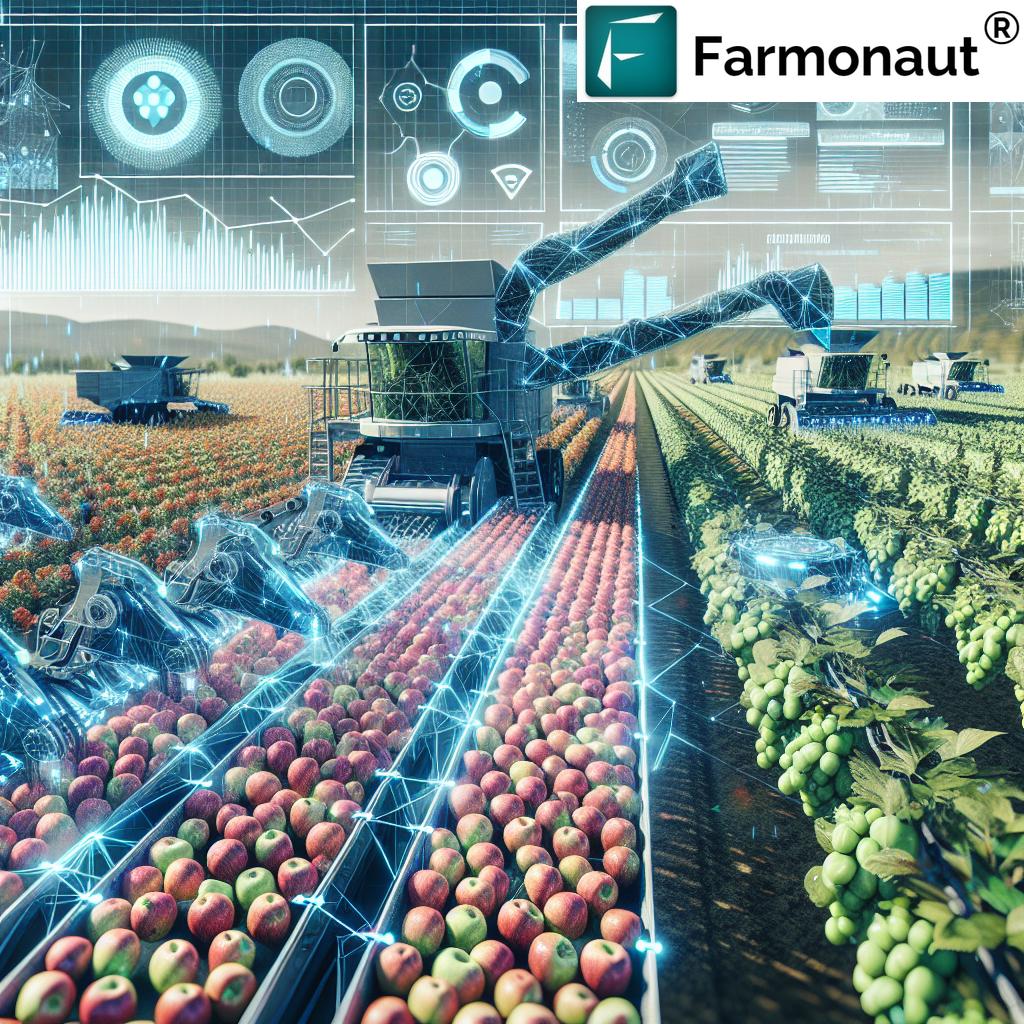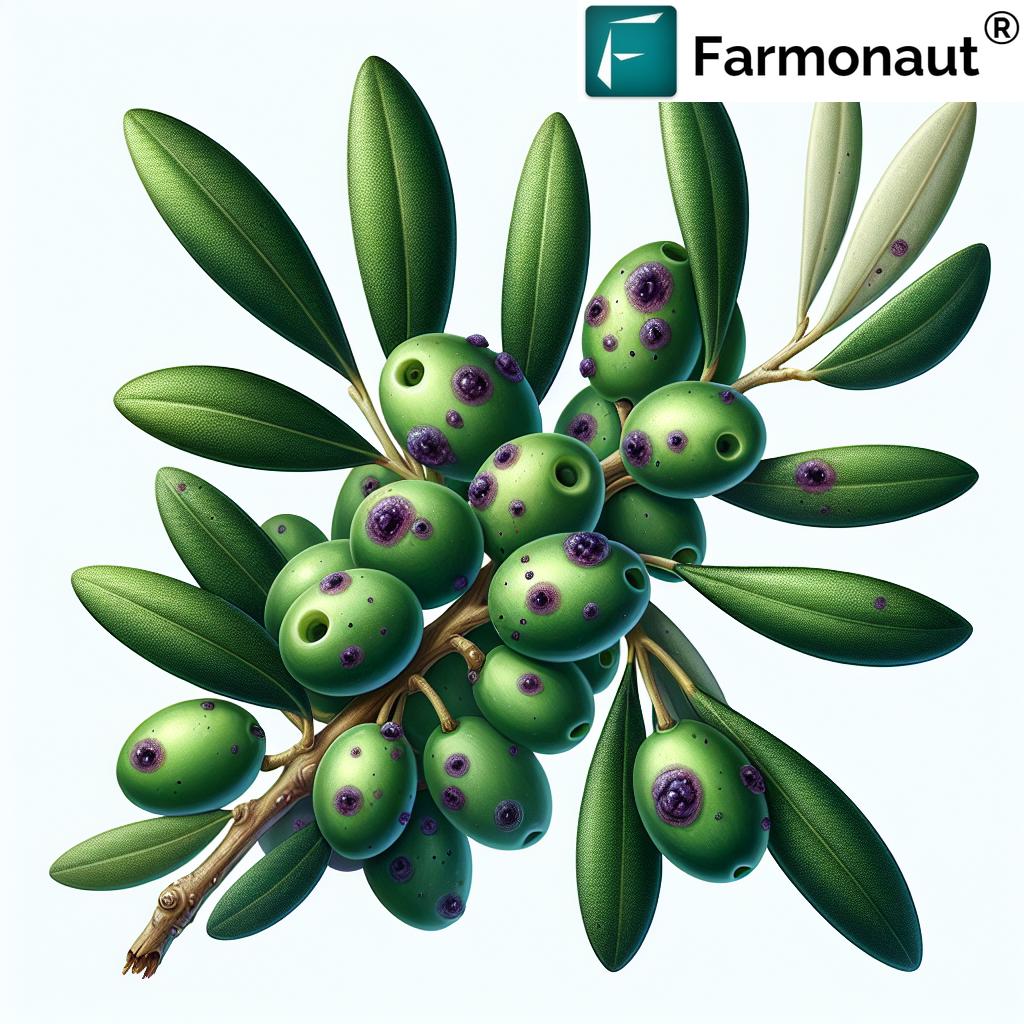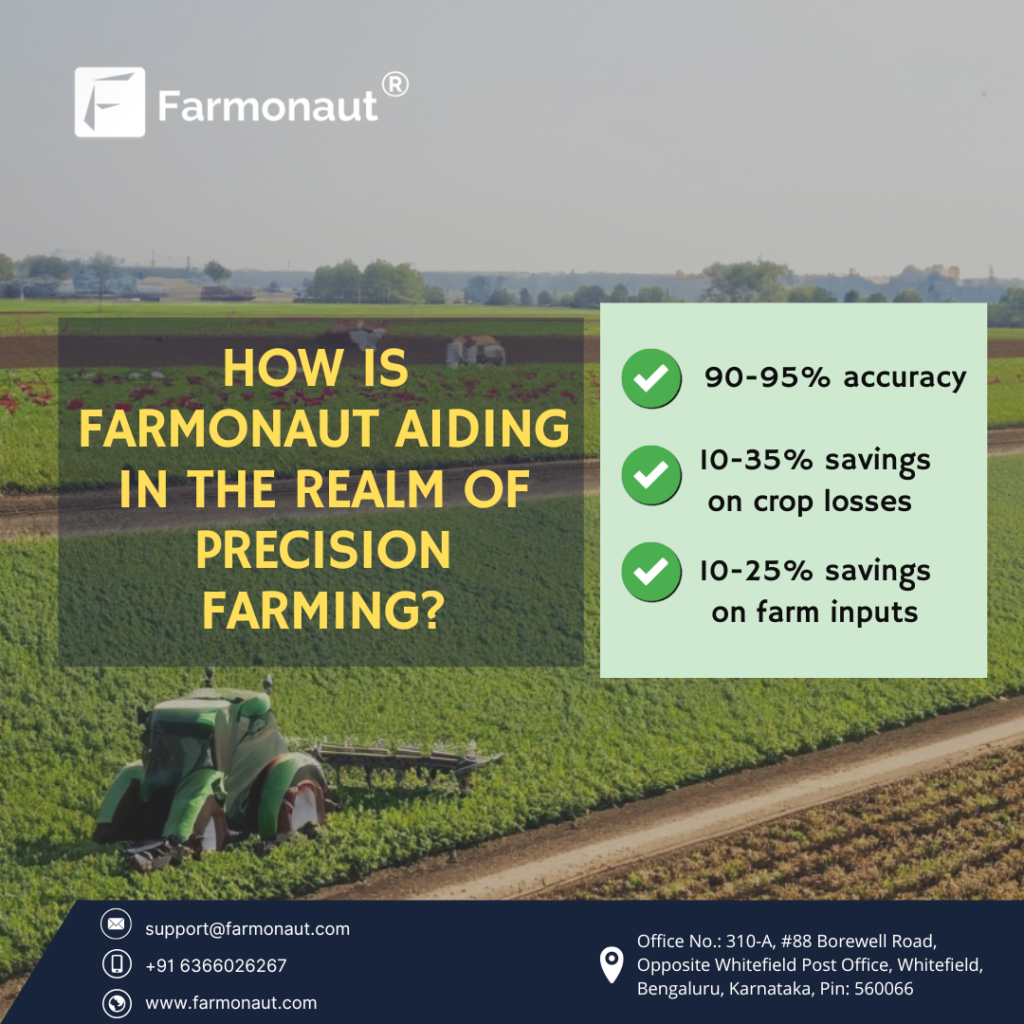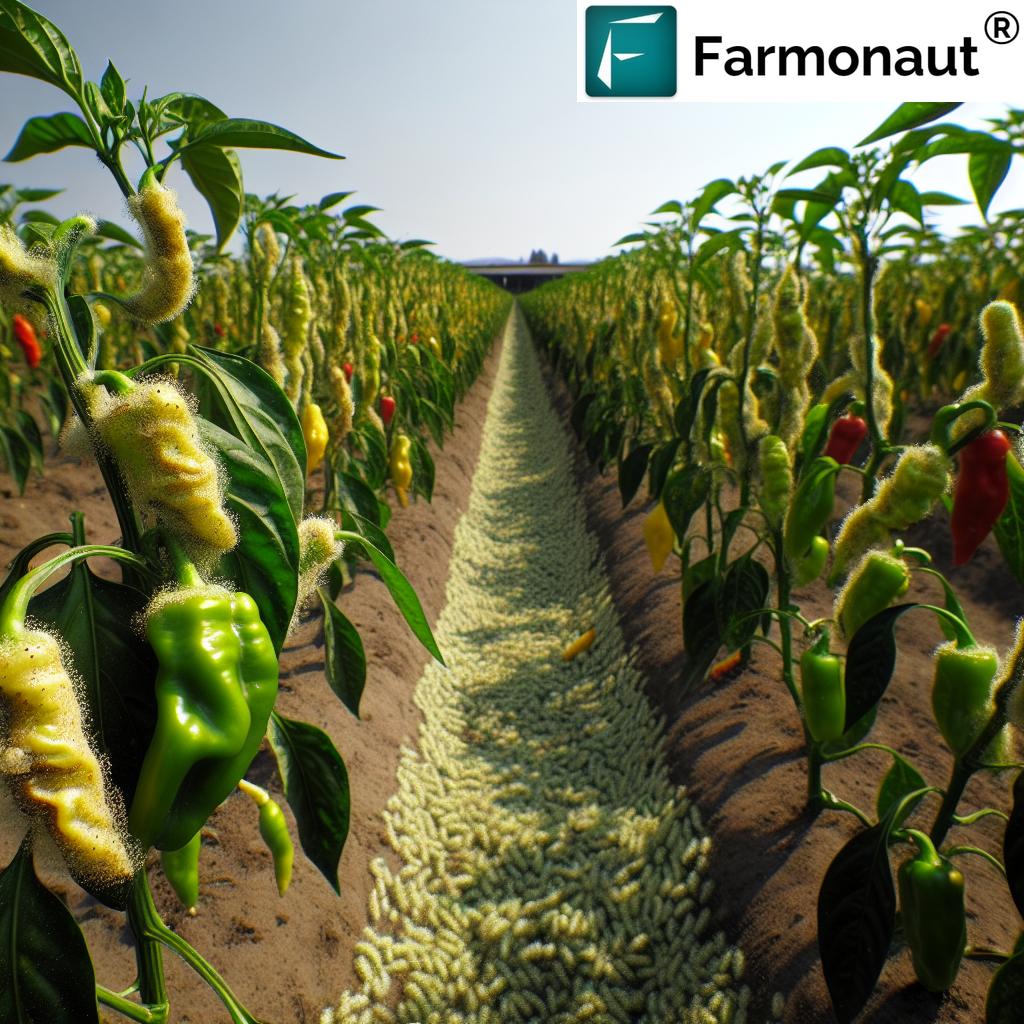
Mastering Growing Degree Days: A Comprehensive Guide to Pest Management and Crop Development
In the ever-evolving world of agriculture, staying ahead of the curve is crucial for successful crop management. One of the most powerful tools in a grower’s arsenal is the concept of Growing Degree Days (GDD). This comprehensive guide will delve deep into the world of GDD, exploring its applications in pest management, crop development, and how it can revolutionize your agricultural operations.
Understanding Growing Degree Days
Growing Degree Days, often abbreviated as GDD, is a weather-based indicator used to predict plant and insect development rates. This concept is founded on the principle that the growth and development of plants and insects are closely tied to the accumulation of heat over time.
The basic formula for calculating GDD is:
GDD = [(Daily Maximum Temperature + Daily Minimum Temperature) / 2] – Base Temperature
Where the base temperature is the minimum temperature required for an organism’s development. This value varies depending on the specific plant or insect species being studied.
The Importance of GDD in Agriculture
Understanding and utilizing GDD can significantly impact various aspects of agricultural management:
- Predicting crop growth stages
- Optimizing planting and harvesting times
- Forecasting pest emergence and development
- Planning integrated pest management strategies
- Improving resource allocation and efficiency
By incorporating GDD into their decision-making processes, growers can make more informed choices about when to plant, when to apply treatments, and when to harvest, ultimately leading to improved yields and reduced costs.
GDD and Crop Development
Different crops have unique GDD requirements for various growth stages. By tracking GDD accumulation, growers can predict when their crops will reach specific developmental milestones, such as:
- Emergence
- Flowering
- Fruit set
- Maturity
This information is invaluable for planning field operations, optimizing resource allocation, and maximizing crop yields.
Case Study: Corn Growth Stages and GDD
Corn is an excellent example of how GDD can be used to track crop development. Here’s a simplified breakdown of corn growth stages and their corresponding GDD requirements:
- Emergence: 90-120 GDD
- V6 (6-leaf stage): 475-525 GDD
- Tasseling: 1100-1200 GDD
- Silking: 1250-1350 GDD
- Maturity: 2700-3000 GDD
By monitoring GDD accumulation, corn growers can accurately predict when their crop will reach each stage, allowing for precise timing of fertilizer applications, irrigation, and other management practices.
GDD and Pest Management
One of the most powerful applications of GDD is in the realm of pest management. Many insects and other pests have life cycles that are closely tied to temperature accumulation. By understanding these relationships, growers can predict pest emergence, development, and population dynamics with remarkable accuracy.
The Concept of Biofix
In pest management, the term “biofix” refers to a biological event that marks the beginning of GDD accumulation for a particular pest. This could be:
- First adult catch in pheromone traps
- First egg laying observed
- A specific calendar date (when other biofix methods are not practical)
Once the biofix is established, GDD accumulation begins, allowing for precise prediction of subsequent life stages and optimal treatment timings.
GDD-Based Pest Prediction Models
Many pest management strategies rely on GDD-based prediction models. These models use historical weather data, current GDD accumulation, and knowledge of pest biology to forecast:
- Egg laying periods
- Larval hatching
- Pupation
- Adult emergence
By accurately predicting these events, growers can time their pest control measures for maximum effectiveness, often reducing the number of treatments required and minimizing environmental impact.
Case Study: Codling Moth Management
The codling moth is a major pest of apple and pear orchards worldwide. GDD models have been developed to predict its life cycle with remarkable accuracy. Here’s a simplified overview of a codling moth GDD model:
- Biofix: First sustained adult catch in pheromone traps
- First egg hatch: 220-250 GDD after biofix
- Peak egg hatch: 500-600 GDD after biofix
- Second generation biofix: 1000-1100 GDD after first biofix
By using this model, apple and pear growers can time their insecticide applications to target newly hatched larvae before they enter the fruit, significantly improving control efficacy while reducing the number of sprays needed.
Integrating GDD into Your Agricultural Operations
To effectively utilize GDD in your farming operations, consider the following steps:
- Invest in a reliable weather station: Accurate temperature data is crucial for GDD calculations.
- Identify key pests and crops: Research GDD models for the specific pests and crops relevant to your operation.
- Establish biofixes: Implement a system for determining biofixes for your key pests, such as regular trap monitoring.
- Use a GDD calculator: Many online tools and smartphone apps can help you track GDD accumulation for your location.
- Keep detailed records: Document GDD accumulation, pest observations, and treatment timings to refine your management strategies over time.
- Integrate with other management tools: Combine GDD data with other precision agriculture techniques for a comprehensive management approach.
Advanced GDD Applications
As agricultural technology continues to advance, new and innovative applications of GDD are emerging:
Satellite-Based GDD Monitoring
At Farmonaut, we’re pioneering the use of satellite technology to monitor GDD accumulation across vast areas. This approach offers several advantages:
- Real-time GDD data for large regions
- High-resolution temperature maps
- Integration with crop health indices
- Improved accuracy in variable terrain
By combining satellite-based GDD monitoring with our other precision agriculture tools, we’re helping growers make more informed decisions than ever before.
Machine Learning and GDD Prediction
Machine learning algorithms are being developed to improve the accuracy of GDD-based prediction models. These advanced models can:
- Incorporate multiple environmental factors beyond temperature
- Adapt to local conditions and microclimates
- Provide more precise predictions of pest emergence and crop development
As these technologies continue to evolve, the power and accuracy of GDD-based management strategies will only increase.
Challenges and Limitations of GDD
While GDD is an incredibly useful tool, it’s important to understand its limitations:
- Temperature extremes: Very high or low temperatures can skew GDD calculations.
- Microclimates: Local variations in temperature can affect GDD accumulation.
- Other environmental factors: Factors like humidity, soil moisture, and photoperiod also influence plant and insect development.
- Model accuracy: GDD models may require local calibration for maximum accuracy.
Despite these challenges, GDD remains one of the most powerful and widely-used tools in modern agriculture.
The Future of GDD in Agriculture
As we look to the future, the role of GDD in agriculture is set to expand even further:
- Climate change adaptation: GDD models will help growers adapt to shifting temperature patterns.
- Precision agriculture integration: GDD data will be seamlessly integrated with other precision ag tools for holistic farm management.
- Automated decision support: AI-powered systems will use GDD data to provide real-time management recommendations.
- Improved crop breeding: GDD data will inform the development of crops better adapted to specific climates.
Comparing Traditional and Modern Pest Monitoring Methods
To illustrate the advantages of modern, GDD-integrated pest management systems, let’s compare traditional methods with Farmonaut’s satellite-based approach:
| Aspect | Traditional Methods | Farmonaut’s Satellite-Based System |
|---|---|---|
| Method | Manual scouting, traps | Satellite imagery, AI analysis |
| Accuracy | Moderate, subject to human error | High, based on precise data |
| Coverage area | Limited to accessible areas | Large-scale, entire fields/regions |
| Real-time updates | Infrequent, labor-intensive | Continuous, automated |
| Integration with GDD models | Manual, prone to errors | Seamless, automated |
| Cost-effectiveness | Labor-intensive, time-consuming | Efficient, scalable |
| Ease of use | Requires expertise, time-consuming | User-friendly interface, accessible data |
As this comparison shows, modern satellite-based systems like Farmonaut’s offer significant advantages in terms of accuracy, coverage, and integration with GDD models, making them powerful tools for precision pest management.
Implementing GDD-Based Management with Farmonaut
At Farmonaut, we’ve integrated GDD calculations into our comprehensive farm management platform. Here’s how you can leverage our tools to implement GDD-based strategies:
- Sign up for Farmonaut: Visit our app to get started.
- Define your fields: Use our mapping tools to outline your crop areas.
- Select crops and pests: Choose from our database of GDD models for various crops and pests.
- Monitor GDD accumulation: Our system automatically calculates and tracks GDD for your fields.
- Receive alerts: Get notifications when critical GDD thresholds are reached.
- Integrate with other data: Combine GDD information with our satellite-based crop health monitoring for comprehensive insights.
- Plan and execute: Use our platform to schedule and track management activities based on GDD predictions.
By leveraging Farmonaut’s advanced technology, you can take your GDD-based management to the next level, optimizing your operations for maximum efficiency and productivity.
Conclusion
Growing Degree Days is a powerful concept that has revolutionized agricultural management. By understanding and utilizing GDD, growers can make more informed decisions about planting, pest management, and harvest timing. As technology continues to advance, the integration of GDD with satellite monitoring, AI, and other precision agriculture tools will only increase its value to modern farming operations.
At Farmonaut, we’re committed to helping growers leverage the power of GDD and other cutting-edge technologies to optimize their operations. By combining accurate GDD calculations with our satellite-based crop monitoring and AI-powered analytics, we’re empowering farmers to make data-driven decisions that improve yields, reduce costs, and promote sustainable agriculture.
To learn more about how Farmonaut can help you implement GDD-based management strategies on your farm, visit our website or contact our team of agricultural experts today.
FAQs
Q: What is the difference between GDD and calendar days?
A: GDD measures heat accumulation over time, which more accurately predicts plant and insect development than calendar days. This is because biological processes are more closely tied to temperature than to the passage of time alone.
Q: How accurate are GDD predictions?
A: When properly calibrated for local conditions, GDD predictions can be highly accurate. However, factors like microclimates and extreme weather events can affect their precision.
Q: Can GDD be used for all crops and pests?
A: While GDD models exist for many crops and pests, they may not be available or accurate for all species. It’s important to use models specifically developed for your crops and pest species of concern.
Q: How does Farmonaut calculate GDD?
A: Farmonaut uses a combination of satellite data, weather station information, and advanced algorithms to calculate GDD with high accuracy across large areas.
Q: Can I access Farmonaut’s GDD data through an API?
A: Yes, Farmonaut offers API access to our GDD and other agricultural data. For more information, visit our API documentation.
Q: Is Farmonaut’s GDD monitoring available worldwide?
A: Farmonaut’s services are available in many regions globally. Check our website or contact our team for specific coverage information for your area.
Q: How can I get started with Farmonaut’s GDD-based management tools?
A: You can download our app from the Google Play Store or the App Store to get started. For more detailed information, visit our developer documentation.
Subscribe to Farmonaut
Ready to take your agricultural management to the next level with GDD-based insights and satellite monitoring? Subscribe to Farmonaut today:
